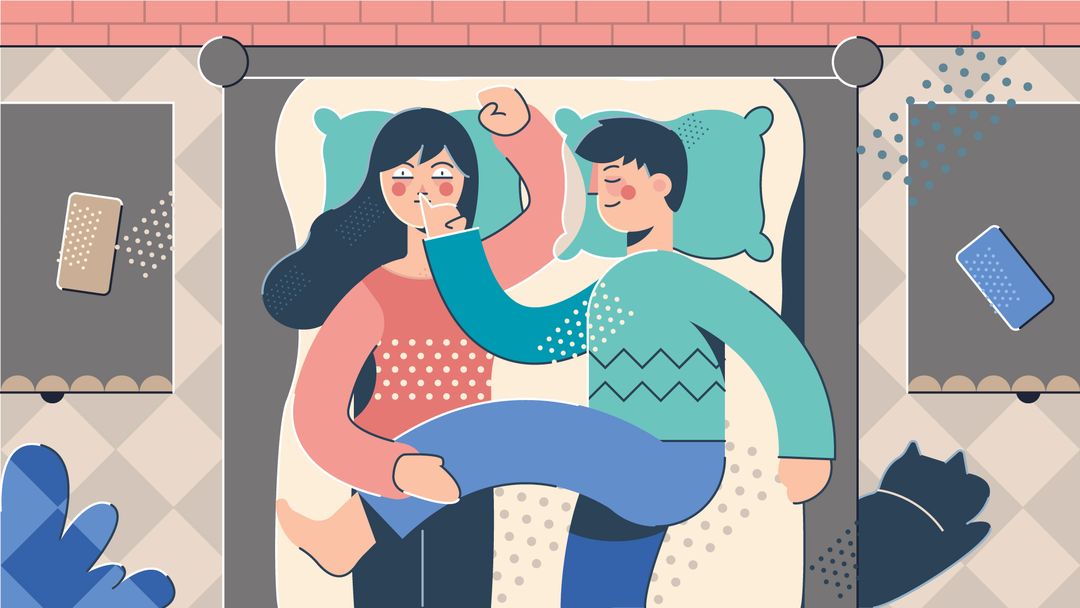


Alon Avidan), University of Minnesota (Dr. Emmanuel During), University of California Los Angeles (Dr. Your doctor conducts a physical and neurological exam and evaluates you for REM sleep behavior disorder and other sleep disorders. Sleep study, unattended, simultaneous recording minimum of heart rate, oxygen saturation, and respiratory analysis (e.g. Your evaluation may include: Physical and neurological exam. Daniel Huddleston), Massachusetts General Hospital (Dr. Doctors & departments Care at Mayo Clinic Diagnosis To diagnose REM sleep behavior disorder, your doctor reviews your medical history and your symptoms. In Italy, prevalence of isolated RBD has been studied using only the clinical confirmation. Ronald Postuma (McGill University Health Centre Research Institute).Īdditional institutions and investigators enrolling participants include: Emory University (Dr. Current Knowledge/Study Rationale: Prevalence studies of isolated rapid eye movement sleep behavior disorder (RBD) are difficult to perform. Goals include studying additional individuals with RBD, developing biomarkers for neurodegenerative diseases and identifying potential drug targets. Rapid eye movement (REM) sleep behavior disorder (RBD) was first described in 1986 by Schenck, Mahowald, and colleagues in five elderly men, 6772 years of age. The expanded NAPS study, recently funded by the National Institutes of Health, will enable clinical trials aimed at preventing or slowing neurodegenerative diseases. The pathogenesis of RBD is still unclear therefore, neurologists and sleep specialists need to collaborate in following up RBD patients to confirm whether they are at higher risk for developing a neurodegenerative disease.The North American Prodromal Synucleinopathy (NAPS) Consortium was established in 2018 to study REM Sleep Behavior Disorder (RBD), a sleep disorder which causes individuals to talk, move (sometimes violently) or engage in other dream-enacting behavior while asleep and may serve as an indicator of future neurodegenerative disorders such as Parkinson’s disease, dementia with Lewy bodies or multiple system atrophy. Although the association between RBD and neurodegenerative diseases was not so strong in our cases, it may be mainly because our sleep center was not run in the domain of neurology department and we could not vigorously detect the possible coexistence of neurodegenerative disease. Our study showed the similar demographic characteristics of RBD to what was shown in the previous large case series. Clonazepam was administered in 29 patients, and 21 (72.4%) responded well. Thirteen patients (43.3%) were aware of olfactory impairment when inquired (out of 30 patients). Neurological symptoms and signs were present in twelve (17.9 % of RBD patients) when they firstly came to our sleep center: 4 patients with Parkinson disease, 4 with multiple system atrophy and 1 with probable dementia with Lewy body. Some sleep disorders are severe enough to interfere with normal. The onset of RBD symptoms was at 61.4+/-8.8 years of age. A sleep disorder, or somnipathy, is a medical disorder of an individuals sleep patterns. There was strong male predominancy (85.1%). Sixty-seven patients (0.6%) were diagnosed as having RBD. Medical and sleep histories with complementary information from family members, and findings of neurological examination were assessed retrospectively from the notes of RBD patients. Diagnosis of RBD was made based on ICSD-2 criteria.

The subjects were consecutive 10,745 patients who presented with sleep and/or wake problems at our sleep center from April 1998 to March 2006. We describe demographic characteristics of RBD patients presenting to our sleep center with special emphasis on association of RBD and neurodegenerative diseases. However, in Japan, no data has been available about demographic features of RBD in a large patient population. Reports have been accumulated showing an association of RBD and neurodegenerative diseases. RBD can result in significant injuries, prompting patients to seek medical attention. REM sleep behavior disorder (RBD) is characterized by loss of normal REM sleep skeletal muscle atonia, resulting in complex motor behaviors associated with dream mentation. Rapid eye movement (REM) sleep behavior disorder (RBD) is characterized by dream enactment and the loss of muscle atonia during REM sleep, known as REM sleep without atonia (RSWA).


 0 kommentar(er)
0 kommentar(er)
